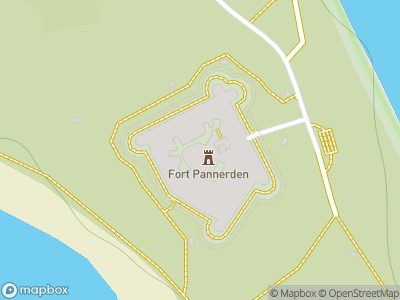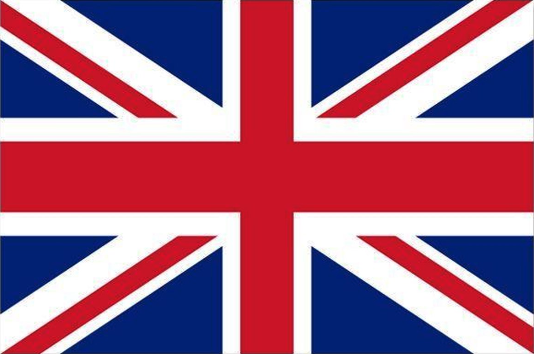Situated on top of the massive and imposing 19th-century Fort Pannerden is a small building dating from the Cold War. During this era, the building served as an enemy aircraft warning station for spotting Soviet aircraft andwas part of a national network set up for protecting the Netherlands against Soviet invasion.
Cold War
Fort Pannerden was built in the late 19th century as the easternmost point on the New Hollandic Waterline. After a not-all-too-heroic military record, it fell into disrepair after the Second World War. However, during the Cold War, the fort received a new designation as part of the new IJssel Line defences. Although the fort wasn’t equipped for defending the waterline, its location made it the perfect place for spotting enemy aircraft. The limitations of radar technology at the time meant that there was no way of monitoring low-flying aircraft, and as a response, a civilian aircraft warning service was founded in 1950, known as the Korps Luchtwacht Dienst or KLD for short.
Enemy aircraft warning station
The KLD established a nationwide network of 278 enemy aircraft warning stations, using as many tall buildings as possible, such as Fort Pannerden. 5200 volunteers were needed to man all of the stations, most of whom were recruited from the immediate area. Local meetings were held in pubs and classrooms for teaching the volunteers about aircraft recognition, reporting procedures, military training and discipline, meteorology and first aid. They also learned about atomic, biological and chemical warfare.
Outdated
The enemy aircraft warning stations were each manned by two volunteers. Together, they operated an aircraft warning device: a round disc fitted with binoculars, a needle and a map. One volunteer was the lookout while the other was armed with headphones, ready for informing the air surveillance centre of enemy attack using special telephone messages. In the end, a Soviet plane was never spotted in Dutch airspace and with increasing airspeeds and improved radar systems, the enemy aircraft warning station soon became outdated. On 1st January 1964, the KLD was disbanded and the air surveillance station on top of Fort Pannerden was abandoned.


 Voor kinderen
Voor kinderen














